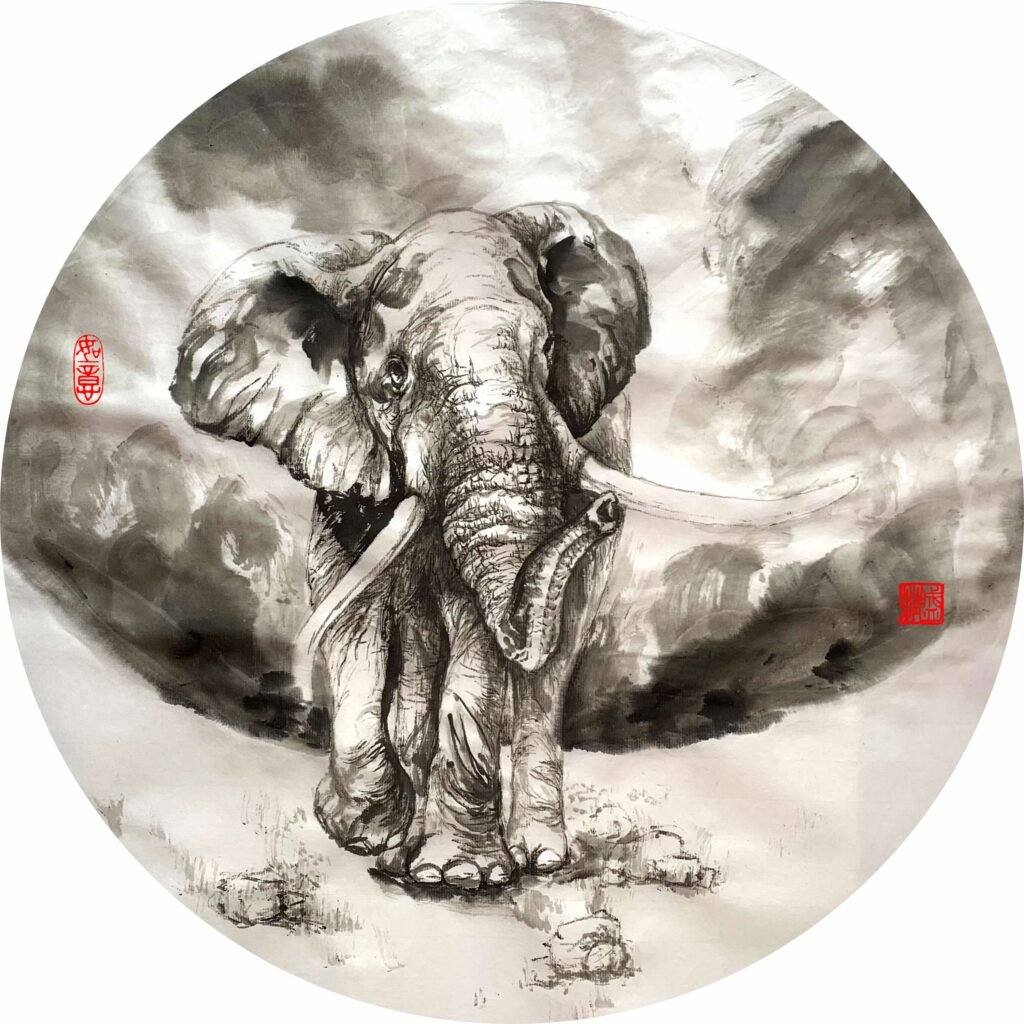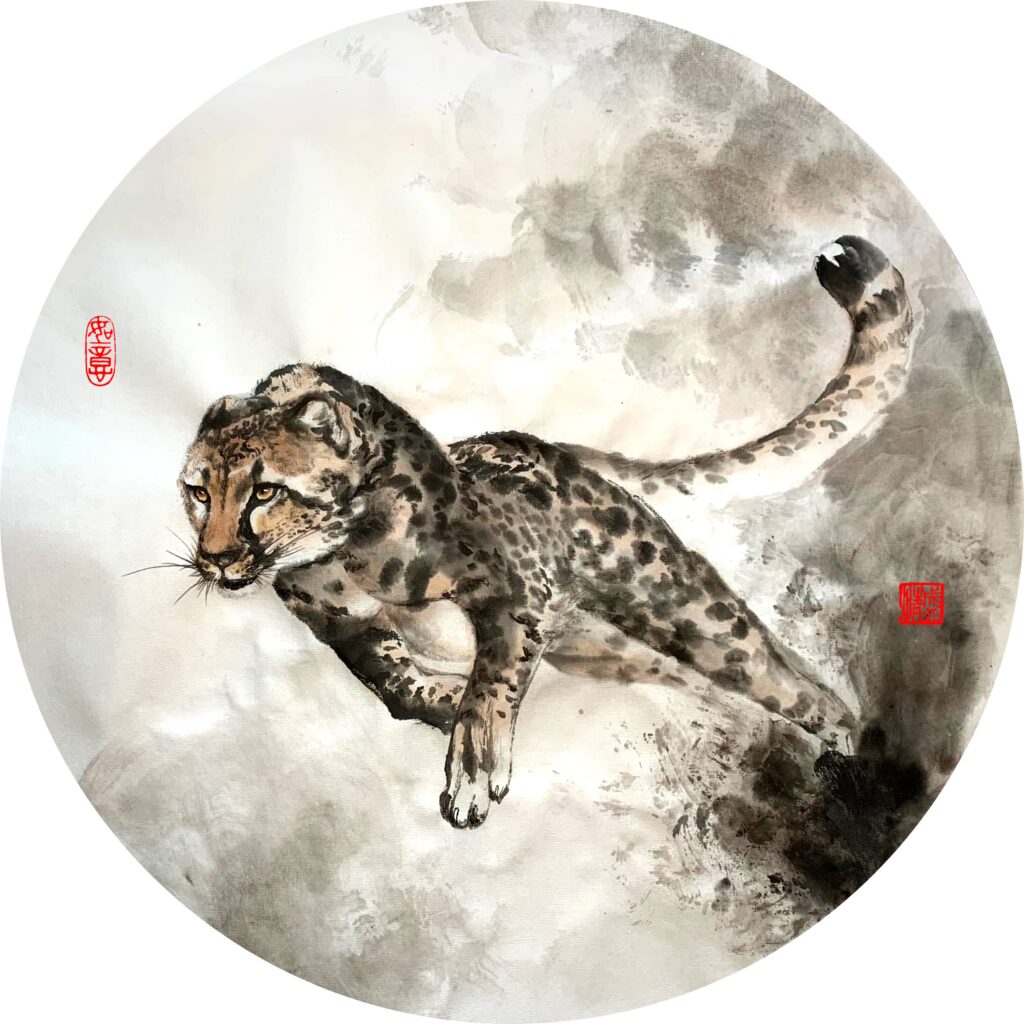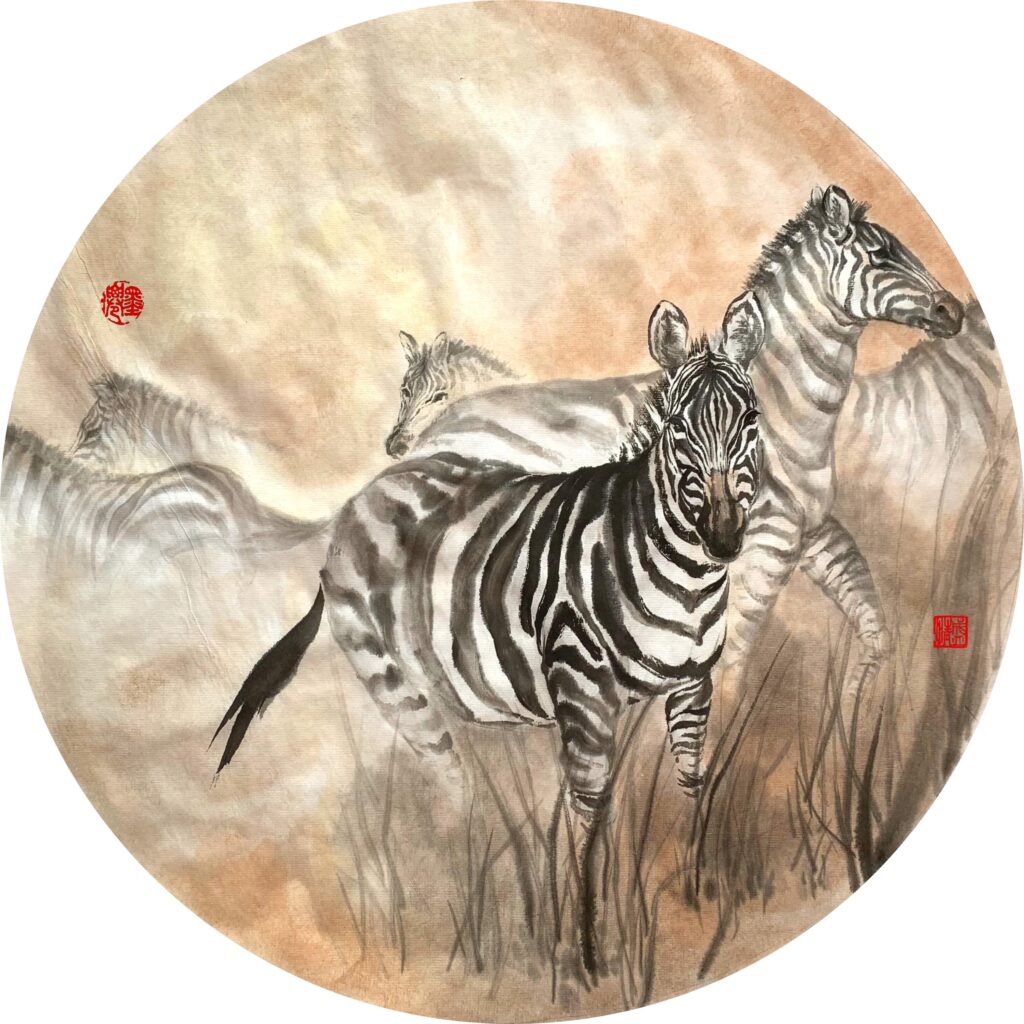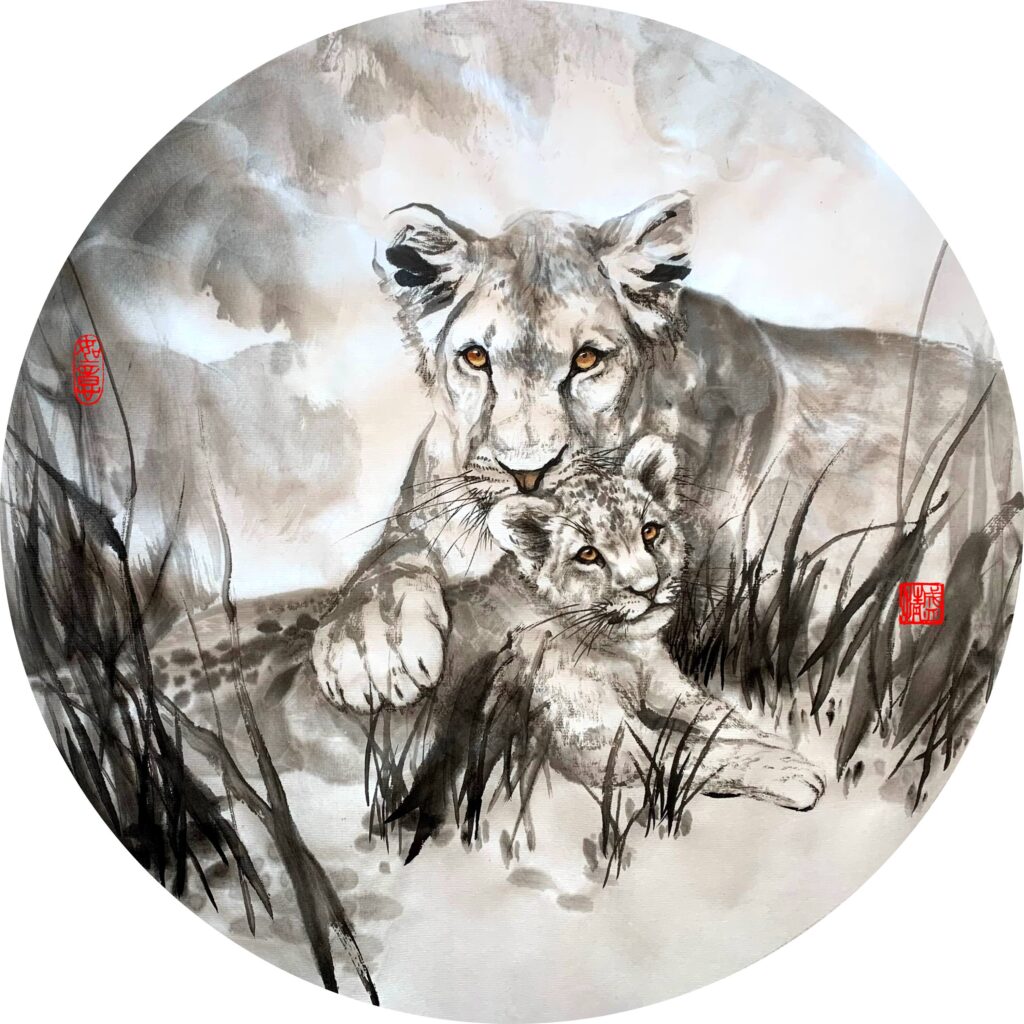
Lion – Oriental Ink Brush Painting
Rice Paper, 40cm x 40cm
By Fiona Sheng
@InkDifferent Studio | Brussels
The Asian lions are mostly from India, so for the most of Chinese people, they are exotic and mystical. They are also representatives of bravery and power, so just like tigers, the lions are also depicted and their images are wide spread, ranging from buildings to statues and paintings. The meaning of the lion image also shares the auspicious blessing, just like that of a tiger.
For those who are familiar with the Chinese lion paintings, it may be quite apparent that the artists may never have seen lions in reality. For a long time in the Chinese artistic creation of lions, the most typical lion are seated, their heads large and very round, large mouths, giant eyes and the mane somewhat curly. So even though this look is quite removed from their original appearance, this style of lion creation remained quite stable in China that lasted hundreds of years.

“Always be fearless. Walk like lion, talk like pigeons, live like elephants and love like an infant child.”
When lions were first brought into China via the silk road over 2,000 years ago, these creatures quickly aroused the affection from the emperors of the Han Dynasty. The early craftsman created animals that resembled the actual lions well, leading the historians to believe that some craftsman may have actually seen lions before. Paintings of lion were also close to the realistic look of a lion until at least Tang Dynasty, because the lion paintings that are found in tombs from Tang Dynasty showcases detailed and quite realistic lions. During the long duration of the Chinese social development however, it became more clear that the artists who have witnessed a lion is few in number, one very apparent example would be the stone lions that are created to protecting certain homes.
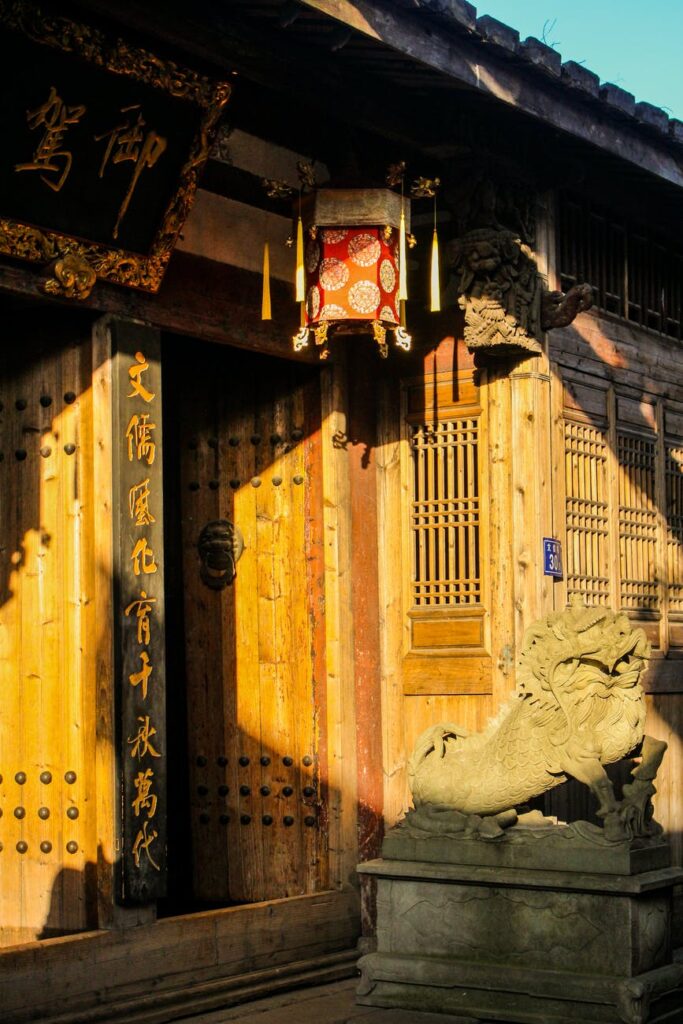
Stone Lion Statue
The vast majority of such guardians are made to shield the home owner from demons or bad luck, and the vast majority of the artists who crafted them have no idea how the lions appear, they only learn from their masters. They are more puppy like in my opinion, not exactly lion looking in fact.

Lion Plate
Tang Dynasty, Chinese National Museum
This artistic plate provides a great example of the lion art in the traditional oriental art world. The shape of the body, the atmosphere, the precision in the muscle lines, and every single body part all indicate the hight of the lion art creation of the ancient oriental world.
Later in the Chinese lion painting field the creation seemed to have stagnated, and the quality of the paintings vary drastically. However, in general, the Ming Dynasty was a relatively prosperous period and for a long while the international trade via the ocean brought in exotic animals again, including the lions, until the full closure of the boarders by sea.

Lion Painting
Zhou Quan, Ming Dynasty, Tokyo National Museum
This piece is a decent description of the lion from the Ming Dynasty works of art. The rather faithful depiction of the animal remains scarce in the traditional Oriental artworks.
Since the Ming Dynasty however, the last empirical time Qing Dynasty only received a lion once, which passed away after merely 3 months. This lead to a decline in the construction of the lion shape until the 1900s.

Lion Painting
Zhang Wei Bang, Qing Dynasty, Taipei Forbidden City Museum
Compared with the above Ming production, this lion created in the Qing Dynasty lack accuracy in too many aspects. This may be due to the artistic skills of the painting, but it is not fair to conclude based on this single factor. The society most likely lacked the live samples from which an artist can study.
The lion art in summary, went through an interesting path in China, basically starting realistic, continuing with creative innovation, and then back to relatively faithful depiction again. Even in the stone statue making, there are 2 main types, the traditional big headed ones and the rather accurate ones, especially in the cities where there is more international interaction.
Enjoy such cultural discussions? Have comments? I look forward to hearing from you!
-
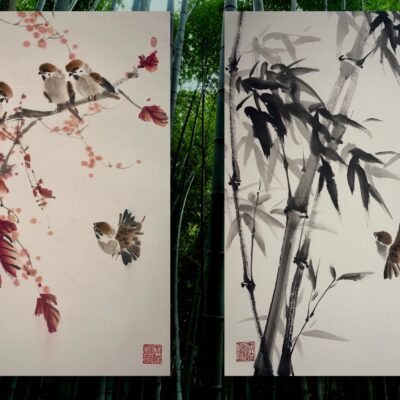 Bamboo & Sparrow Painting Course
Bamboo & Sparrow Painting Course -
 Cat Painting Course
Cat Painting Course -
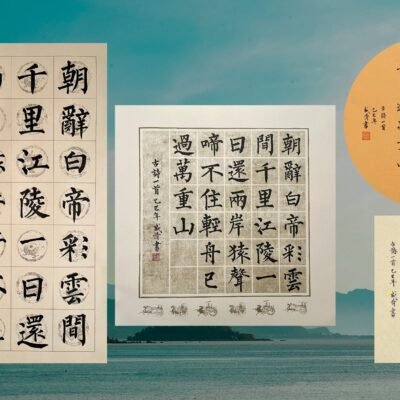 Chinese Calligraphy Regular Script Masterclass
Chinese Calligraphy Regular Script Masterclass -
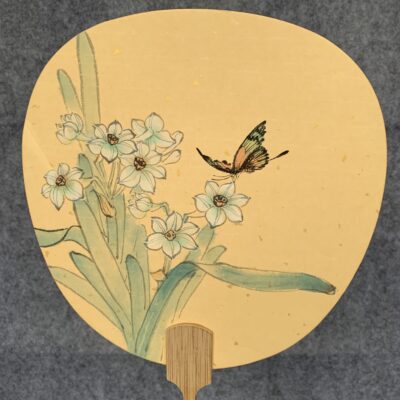 Daffodil & Butterfly Fan Painting Course
Daffodil & Butterfly Fan Painting Course -
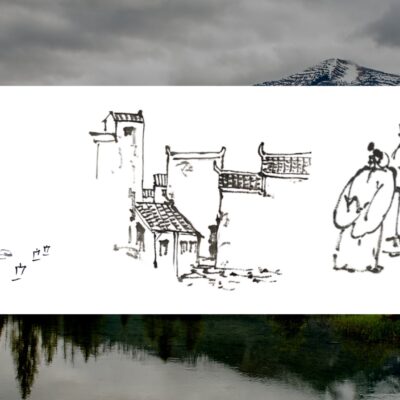 Landscape Scenery Painting Course
Landscape Scenery Painting Course -
 Magpie & Plum Blossom Freehand Painting
Magpie & Plum Blossom Freehand Painting -
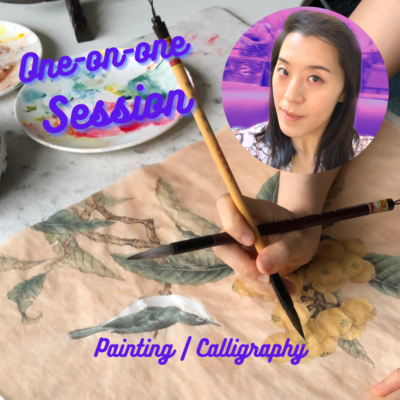 One-on-one Sessions
One-on-one Sessions -
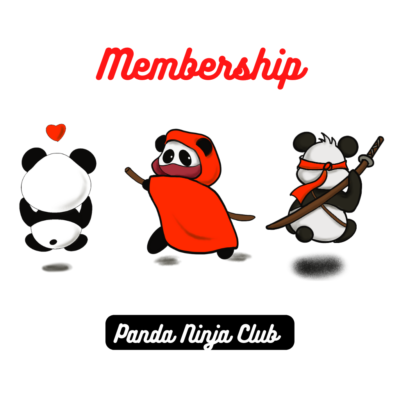 Panda Ninja Ink Art Club
Panda Ninja Ink Art Club -
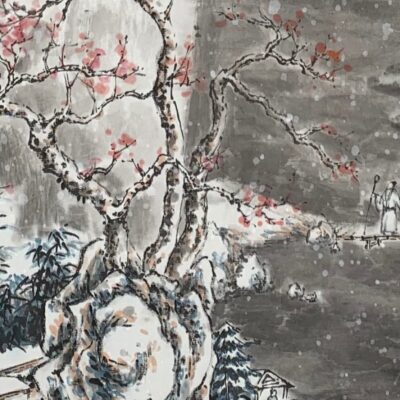 Snow Landscape Painting Course
Snow Landscape Painting Course -
 Gonngbi Painting (1) – Introduction & Lily Flower
Gonngbi Painting (1) – Introduction & Lily Flower
Buy Artworks | Learn Brush Painting | Learn Chinese Calligraphy
